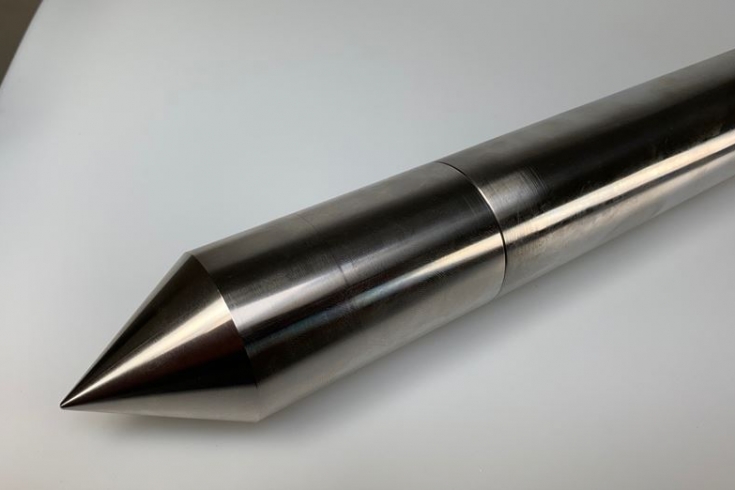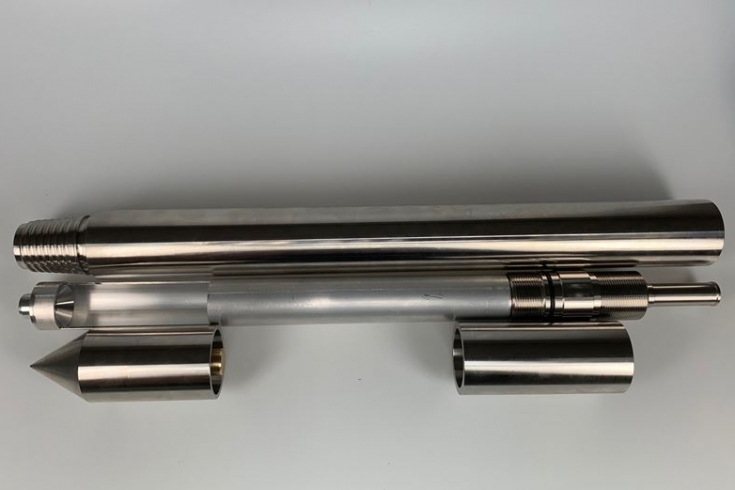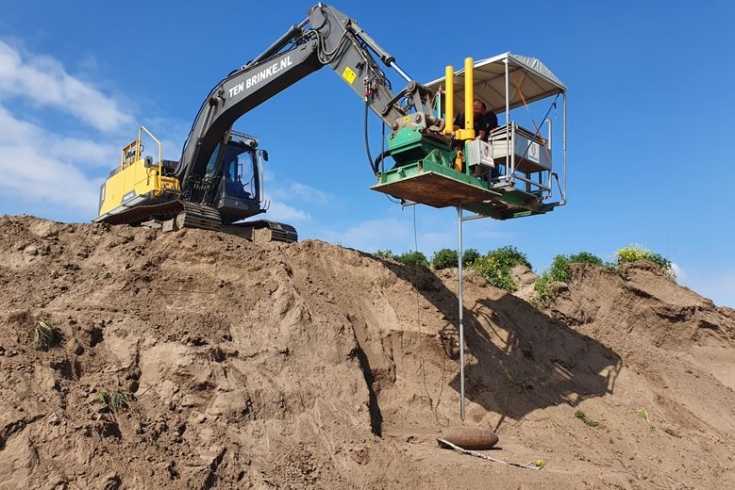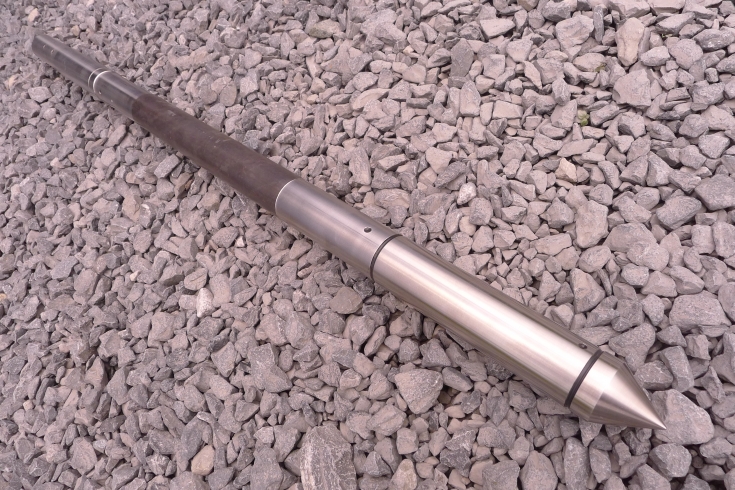Magnetometer
A magnetometer is a scientific instrument used to measure the strength and/or direction of the magnetic field. The Earth’s magnetic field (the so magnetosphere) varies from place to place, for various reasons such as inhomogeneity of rocks and the interaction between charged particles from the Sun and the magnetosphere. A mass of ferromagnetic material creates a detectable disturbance in this magnetic field. This magnetic anomaly produces a weak, alternating magnetic field that is picked up by the magnetometer, amplified electronically, and fed to the CPT-Logger and subsequently recorded on a computer. Gouda Geo-Equipment is specialized in the manufacturing of these essential products.
Magnetometers are typically used in ground-based electromagnetic geophysical surveys (such as magnetotellurics and magnetic surveys) to assist with detecting mineralization and corresponding geological structures and the detection of buried or submerged objects.
Use our specialized equipment for your next job
If you are interested in using our magnetometer for your specialist job, please do not hesitate to contact us by either calling (0)715 318 475 or sending an email to info@gouda-geo.com. Gouda Geo-Equipment is available 24/7. Therefore, you can always count on our team of experience professionals to help you out with selecting suitable materials for your next job or soil investigation.






